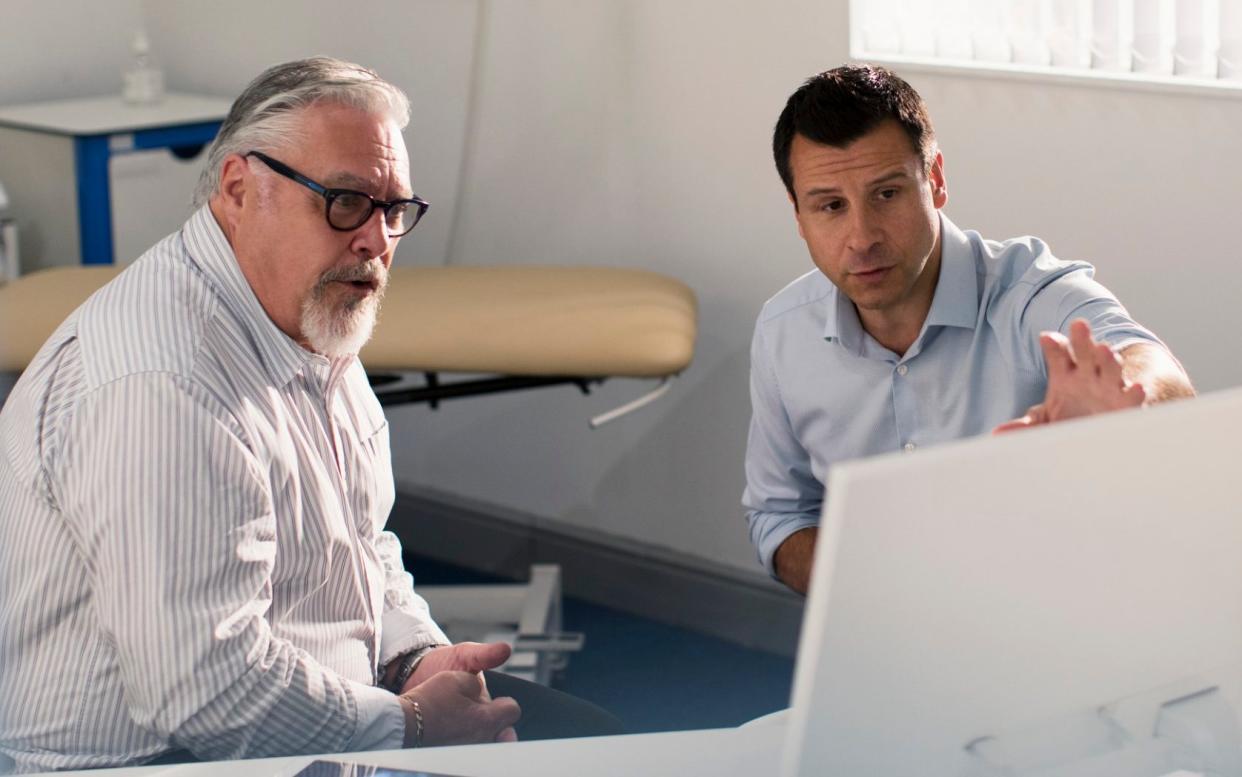Why seeing the same GP means fewer visits to the doctor

Patients who see the same GP are less likely to need to go to the doctor as often, a University of Cambridge study has found.
Researchers found patients who saw a traditional family doctor made appointments less frequently, while those who saw different doctors each time had to return after shorter periods.
People with a dedicated doctor waited 18 per cent longer on average to make their next GP appointment than those who saw varying doctors each time.
The study, published in the journal Management Science, is the latest to demonstrate the importance of having a family doctor to provide what is known as “continuity of care”, where the doctor and patient have a longer-term relationship and better understanding of their health.
Experts found that having a set GP improved patients’ health and also reduced the doctors’ workload because fewer appointments were required.
They said if all GP surgeries provided the same levels of continuity of care that the best performing 10 per cent in England do, there would be five per cent fewer consultations a year, which for 2023 would equate to more than 17 million.
People seeing the same GP did not take any longer to have a consultation either, which the authors suggested meant they could “expand their patient list without increasing their time commitment”.
The research team from the University of Cambridge and the Insead Business School analysed more than 10 million GP consultations at 381 practices across England between 2007 and 2017.
The average length of interval before a patient “revisited” the GP was about 70 days.
‘Getting it right the first time’
The study found that the benefits were true for people of all ages but were most beneficial for those who were older, managing multiple long-term illnesses or with mental health conditions.
More than three in 10 of the appointments were for people aged 70 and over, but those who had a dedicated family doctor waited 21 per cent longer before returning than those who did not.
Prof Stefan Scholtes, co-author from Cambridge Judge Business School, said “getting it right the first time” reduces future workload by “preventing revisits”.
“Better health translates into less demand for future consultations. Prioritising continuity of care is crucial in enhancing productivity,” he said.
The paper said that doctors who “provide high-quality care to their regular patients… are likely to keep them healthier, which reduces the demand for consultations and increases their capacity to serve more patients.”
Dr Harshita Kajaria-Montag, lead author of the study, and now based at the Kelley School of Business at Indiana University, US, said: “The benefits of continuity of care are obvious from a relationship point of view.
“If you’re a patient with complex health needs, you don’t want to have to explain your whole health history at every appointment.
“If you have a regular doctor who’s familiar with your history, it’s a far more efficient use of time, for doctor and patient.”
Analysis of England’s GP patient survey data by the Nuffield Trust think tank shows that there has been a decline in continuity of care over time.
Between 2018 and 2023, the proportion of patients who “always or almost always” saw or spoke to their preferred GP decreased from 26 per cent to 16 per cent, while those who answered “never or almost never” almost doubled from 10 per cent to 19 per cent.
Dr Victoria Tzortziou-Brown, vice chair of the Royal College of GPs, said “continuity of care is highly valued” by the profession but that doctors were limited by “political agendas prioritising speedy access” and “intense workload and workforce pressures”.
“We already know it is beneficial for patients, particularly those with complex health needs, and we know it has benefits for the NHS – and it’s encouraging to see that this study has found it can also improve GP workload,” she said.
“Currently, the intense workload and workforce pressures GPs are facing – as well as political agendas prioritising speedy access to GP services above all else – greatly limit the level of continuity we can offer.”
She said gaps in the workforce had to be addressed if there was to be a return to family doctor providing continuity of care model.
There are currently around 2,300 patients per fully qualified GP, which means each GP is responsible for 260 more patients on average than six years ago.

 Yahoo News
Yahoo News 
